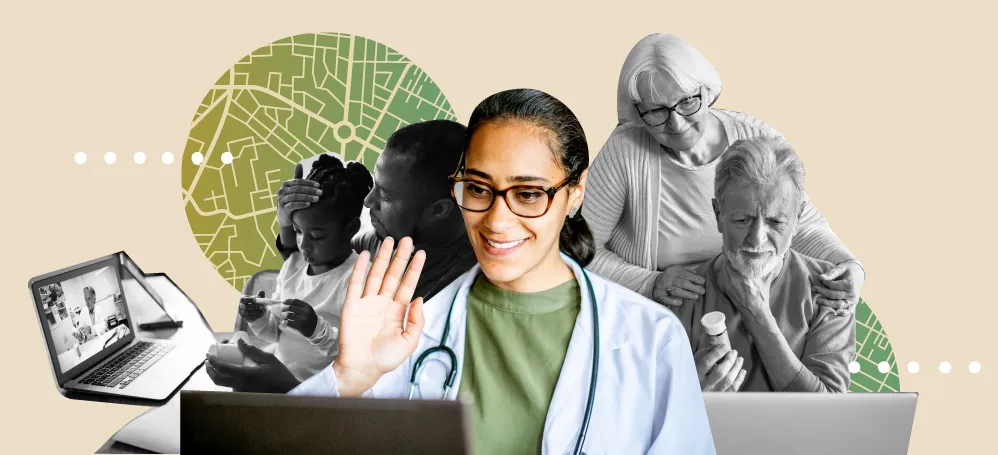Revolutionizing Rural Health Care: Harnessing Technology for a Brighter Future
Introduction
In recent years, technology has ejected as a beacon of hope for improving healthcare services in rural areas. The challenges faced by remote communities in accessing quality healthcare have long been a concern. However, with the advent of innovative technologies, there is a transformative shift occurring in the landscape of rural health care. This article explores the various ways in which technology is being harnessed to bridge the healthcare gap between urban and rural areas, ultimately leading to healthier, more prosperous communities.
Telemedicine: Bridging the Distance Gap
One of the most significant advancements in rural healthcare is the comprehensive adoption of telemedicine. This technology enables healthcare providers to connect with patients remotely, reducing the need for travel and improving access to specialized care. Through video consultations, patients can receive timely medical advice, prescriptions, and even follow-up appointments without leaving their homes. This has proven especially crucial in emergencies and for managing chronic conditions, ultimately saving lives in communities where immediate medical attention may be hours away.
Mobile Health Apps: Health in Your Pocket
The proliferation of smartphones has opened up a world of possibilities for rural healthcare. Mobile health applications provide users with a range of services, from monitoring vital signs to accessing educational resources about managing health conditions. For example, apps that track blood pressure, blood sugar levels, and medication adherence empower individuals to take control of their own health. Additionally, these apps can facilitate communication between patients and healthcare providers, leading to more personalized and effective care.
Wearable Technology: Continuous Health Monitoring
Wearable devices, such as smartwatches and fitness trackers, are revolutionizing how rural communities approach healthcare. These devices collect real-time data on vital signs, physical activity, and sleep patterns, providing valuable insights into a person’s overall health. For rural residents, this means early detection of potential health issues and the ability to make lifestyle adjustments before conditions worsen. Moreover, these wearables can transmit data directly to healthcare providers, enabling timely interventions and reducing the need for frequent in-person visits.
Electronic Health Records (EHRs): Seamless Information Sharing
Electronic health records are a cornerstone of modern healthcare, and their implementation in rural areas is helping to streamline care delivery. EHRs allow healthcare providers to access a patient’s complete medical history, facilitating more informed diagnoses and treatment plans. Additionally, they enable seamless sharing of information between different healthcare facilities, ensuring continuity of care for patients who may need to visit multiple providers or specialists.
Remote Monitoring and Telehealth Devices: Expanding Access to Specialized Care
For rural communities with limited access to specialized medical services, remote monitoring and telehealth devices are game changers. From dermatology to cardiology, these devices enable rural patients to receive expert consultations without the need for long, costly journeys. High-definition cameras, diagnostic tools, and remote monitoring equipment allow for thorough assessments, leading to more accurate diagnoses and tailored treatment plans.
Conclusion
Technology is reshaping the landscape of rural healthcare, offering new hope and possibilities for communities that have long struggled to access quality medical services. Telemedicine, mobile health apps, wearable technology, electronic health records, and remote monitoring devices are all playing pivotal roles in this transformation. As these technologies continue to evolve, the divide between urban and rural healthcare is narrowing, paving the way for healthier, more vibrant rural communities. By embracing and investing in these advancements, we can ensure that every individual, regardless of their geographical location, has access to the best possible care for a brighter, healthier future.













